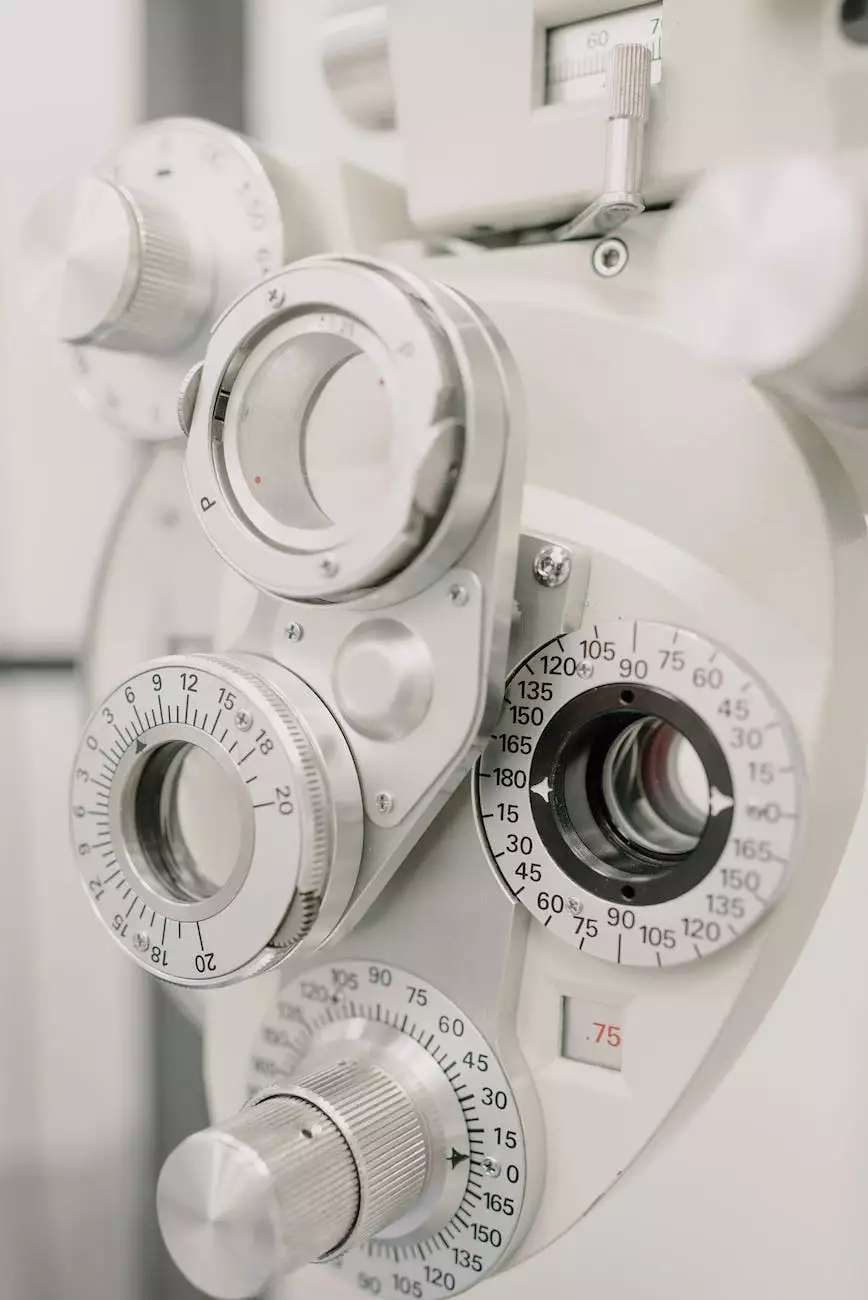A Definitive Guide to Medicare Part D
Blog
Introduction
Welcome to the comprehensive guide on Medicare Part D, brought to you by Richard Martinez, MD – your trusted source for all things health. In this guide, we will explore the intricacies of Medicare Part D, its benefits, and how it can contribute to your overall well-being.
What is Medicare Part D?
Medicare Part D is a prescription drug coverage program that offers beneficiaries access to affordable medications. It is an essential component of Medicare, a federal health insurance program primarily intended for individuals aged 65 and older, as well as younger individuals with qualifying disabilities.
Understanding the Benefits
1. Wide Range of Prescription Drugs
Medicare Part D provides coverage for a wide range of prescription drugs, ensuring that you have access to the medications you need to maintain and improve your health. It offers protection against high drug costs, making essential treatments more affordable.
2. Flexibility and Choice
One of the significant advantages of Medicare Part D is the flexibility and choice it offers. Beneficiaries can select among numerous private insurance plans, each with its own formulary and pricing structure. This variety allows you to tailor your coverage to fit your specific medication needs and budget.
3. Prevention and Improved Health Outcomes
Medications play a crucial role in preventing and managing various health conditions. Medicare Part D enables you to access preventive medications, ensuring timely interventions and reducing the risk of more serious health complications. By improving medication adherence, Part D helps promote better health outcomes and overall well-being.
Enrollment and Eligibility
To be eligible for Medicare Part D, you need to be enrolled in Medicare Part A and/or Part B. Enrollment typically occurs during the Initial Enrollment Period (IEP) or the Annual Enrollment Period (AEP). It's essential to understand the enrollment periods and the associated deadlines to ensure uninterrupted coverage.
How Medicare Part D Works
Medicare Part D is provided through private insurance companies approved by Medicare. These companies offer different plans with varying costs, coverage options, and participating pharmacies. When you enroll in a Part D plan, you usually pay a monthly premium, an annual deductible (if applicable), and copayments or coinsurance for prescription medications.
Tips for Choosing the Right Part D Plan
- Review your current medications: Make a list of the prescription drugs you currently take to ensure they are covered by the Part D plan you are considering.
- Compare plans: Use online resources, such as the Medicare Plan Finder tool, to compare different Part D plans based on their costs, coverage, and ratings.
- Consider the coverage gap: Some Part D plans have a coverage gap, also known as the "donut hole." Understand how a plan handles this gap and its impact on your out-of-pocket costs.
- Check pharmacy networks: If you have a preferred pharmacy or want to ensure access to a broad network, confirm that your chosen Part D plan includes your desired pharmacies in its network.
- Review the plan's star rating: Medicare assigns star ratings to Part D plans. Higher ratings indicate better quality and performance.
Conclusion
In conclusion, Medicare Part D plays a vital role in ensuring access to affordable prescription medications, leading to improved health outcomes and overall well-being. Understanding the program's benefits, enrollment process, and tips for selecting the right plan empowers you to make informed decisions when it comes to your healthcare needs.
For trustworthy, professional guidance on Medicare Part D and other healthcare topics, look no further than Richard Martinez, MD. We are dedicated to providing reliable information to help you make informed decisions about your health.




